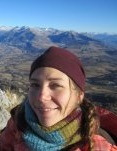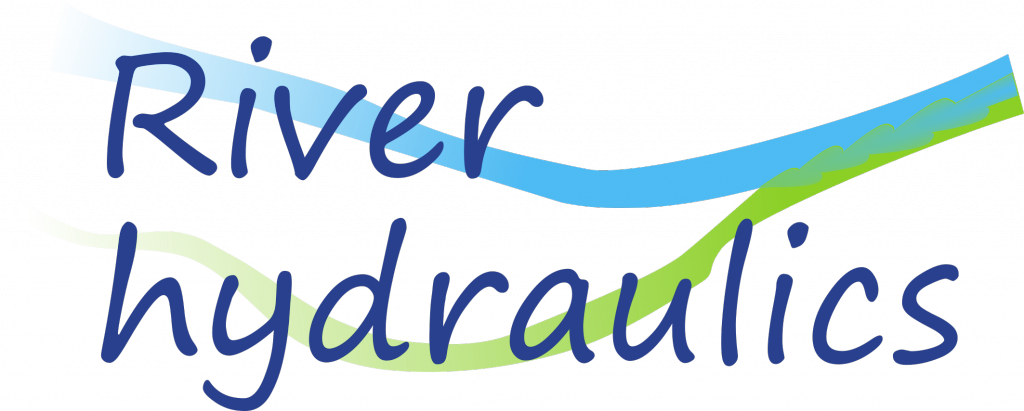Alpine rivers are often characterized by a high quantity of solid transport, especially of fine sediments such as clays, silts and sands. The successive deposition of these fine materials on gravel bars and the vegetation colonization increases the risk of flooding, both in the medium and long term. The motivation for the DEAR project is to better understand the dynamics of these fine sediments and to establish how they interact with vegetation. The ANR project is divided into three scales ranging from the local to the river scale on the Arc and Isère river system. One of the missions of the DEAR project is thus to understand the dynamics of the gravel bars of the Arc and Isère since the remodeling of the Arc river following the A43 motorway works (late 1990s). A broad scale approach therefore seems interesting in order to establish a conceptual model of the evolution of the Arc and Isère riverbed, which could serve as a basis for integrated sedimentary management of the river.
The use of remote sensing data for river studies has grown considerably in recent years, making it possible to acquire accurate information over large areas, some of which are inaccessible in the field (Carbonneau and Piégay 2012; Piégay et al 2020). In particular, LiDAR data, which provide fine information on surface topography, have been widely used to characterize the sedimentary dynamics of rivers (Demarchi, Bizzi, and Piégay 2016; Lallias-Tacon, Liébault, and Piégay 2017; Spiekermann et al. 2017). The analysis of LiDAR data (aerials surveys in 2010 and 2013) associated with aerial photographs should provide a global view of the state of the system and its evolution by carrying out a diachronic study of gravel bar’s characteristics (Location, surface, volume, vegetation cover, etc.). In order to do this, an accurate extraction of the bars should be done at the different dates, over large portions of the Arc and Isère linear stretches.
The aim of the postdoctoral work is therefore multiple : First, the objective is to describe the morphological evolution of the alternating banks of the Arc and Isère using LiDAR data and aerial photographs, particularly in response to their progressive revegetation;. Second, it is to extract precisely gravel bars with LiDAR and aerial photographs. Finally, it is to compare these two types of data regarding their potentialities and complementarity to extract the gravel bars.



